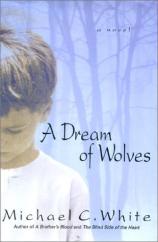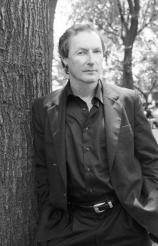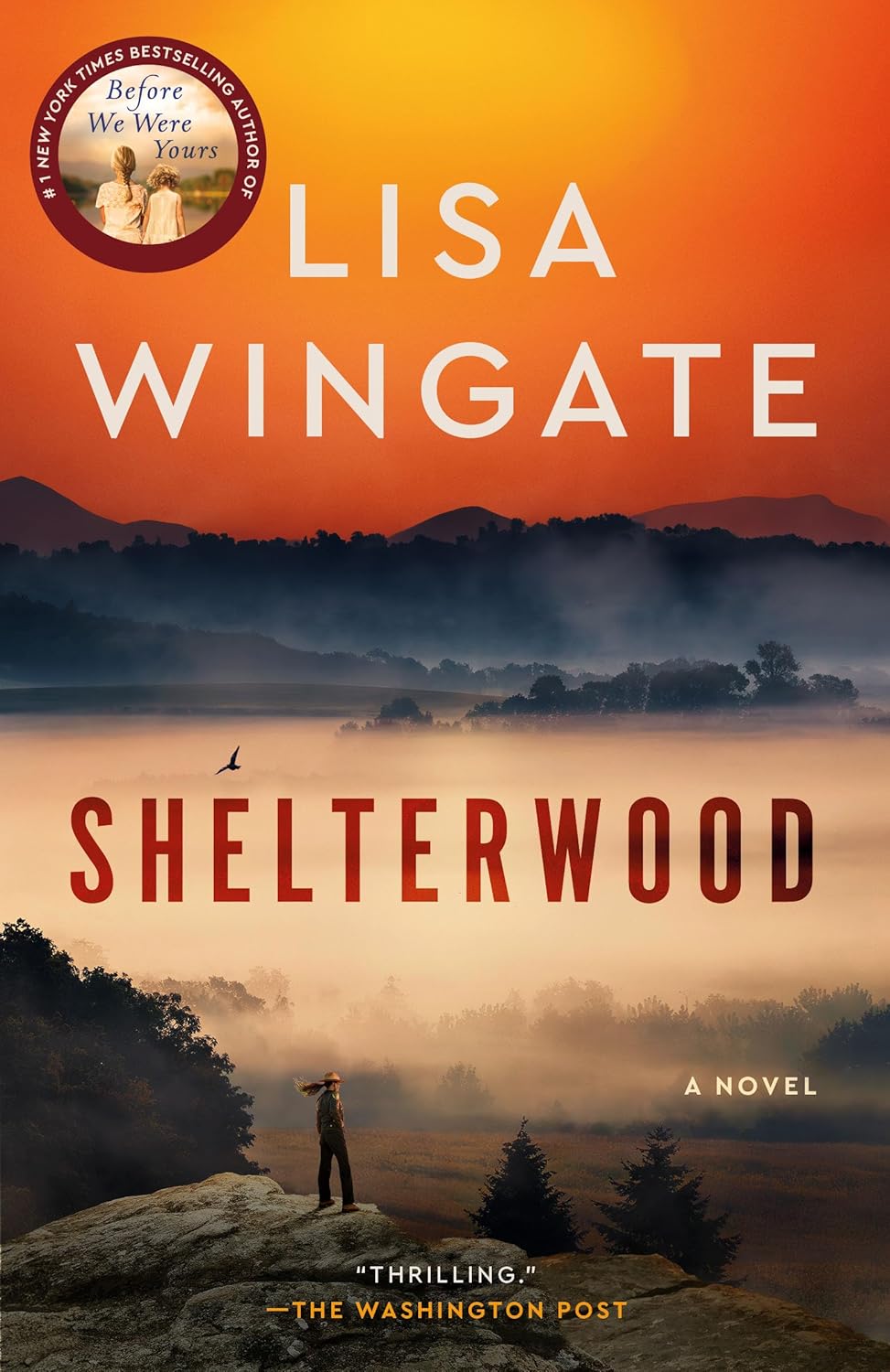Author Talk: January 2001
Q. Where did the idea for the novel come?
A. I originally wrote a short story called "Disturbances." This story was based on an actual incident that took place when I was living in the Blue Ridge Mountains of North Carolina. Down the road from where my wife and I lived, there was a domestic dispute that escalated into a murder. A woman, who had a small baby, shotgunned her lover to death. A doctor friend of ours who worked at the hospital where my wife, a nurse, worked, had to go out and pronounce the body. From that small incident I wrote a story and some years later that story formed the basis of A Dream of Wolves.
Q: Is it difficult changing a short story into a novel?
A. It was hard in some ways. The short story began and ended during one night. There was not much in the way of complicating circumstances--just the murder and then what to do with the baby for that one night. When I decided there was a novel--or at least the germ of one--buried here, I obviously had to extend the timeframe as well as the cast of supporting characters. I had to give Doc not only a past and but a future as well, one that loomed on the horizon. I also had to create a realistic setting and people it with realistic characters. Consequently, I had to do a lot of research on the area, on legal issues, and, though I had lived in the area for a number of years, on the people themselves. Having said this, however, I found that this novel was much easier to write than my first two, perhaps because I had a clear starting point and a clear and compelling voice in Doc Jordan.
Q: Your previous two novels, A Brother's Blood and The Blind Side of the Heart, are told from the points of view of a woman. Why did you switch to a male narrator this time?
A. After two novels from a female point of view, I wanted to get back to what is, quite naturally, a more familiar voice for me. Still, I spent a great deal of time, as I had with the first two novels, getting that voice just right. In this case, as I mentioned above, I had written a short story that had Doc as the narrator. When I decided to extend it into a novel, I liked Doc's voice so much it seemed to be the perfect vehicle to tell this newer, longer story. After a while, I felt comfortable with him and just continued to relate things through his point of view. I could hear him, his inflections and tone, the words he would use. In fact, Doc felt like someone I knew quite intimately, a good friend I'd known all my life.
Q: Did you have to do a lot of research for the novel (for example, Doc Jordan is an OB/GYN specialist, a highly technical field)?
A. Yes. In fact, if I had known how much I'd have to do I probably would have made Doc a country GP. I do a lot of research for all my novels. I like to do enough so that I feel comfortable with my character's life, enough so I know when, as Hemingway once said, to leave out material. That is, I want to give the reader a flavor of what the character's world is about--in this case the world of an OB/GYN doctor who is also a medical examiner--and to present a credible world, but not so much that it gets in the way of the story and the reader's appreciation of that story. For Doc Jordan I had to know a lot about pregnancy, about difficulties relating to it. For that I was helped immensely by my wife, a nurse. When I was off-base on an issue or with my terminology, she would correct me. She also provided me with professional magazines as well as a general book on obstetrics. Beyond that I had to know a little about the coroner's profession and the law. I also read a number of books about bipolar disease, which I needed to know to develop Annabel's personality. Finally, though I had lived in the area for a number of years, I made several trips back and read half a dozen books on the area and its people. So yes, I did a good deal of research.
Q: Writers are often asked how they develop their characters. Do you make up your characters from your imagination or are they based on people you know?
A. Both. Some of my characters are completely fictional, that is, I make them up from my imagination. Other characters start out, at least, in fact. They are based, in a general sort of way, on people I actually know or have known. For example, Bobbie Tisdale is loosely based on a woman I am good friends with. Bobbie looks and acts much like this woman does; both have the same spunky style and engaging personalities. Several other characters, Troy Bumgartner and Stella Plumtree, are also partly based on people I know. However, all of my characters, those completely made up as well as those rooted in actual people, are, ultimately, of the imagination. Fictional characters--at least mine--undergo a transformation on the page. For me this is especially true when I have two characters interact in a scene. Dialogue brings out many things in a fictional character's personality that were not there when I first conceived of them. Like one's children, they grow and change, many times in ways you could not have predicted beforehand. So, I would say that all of my characters are in the last analysis figments of my imagination.









